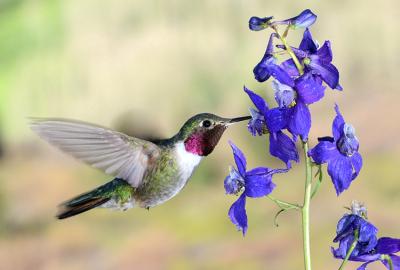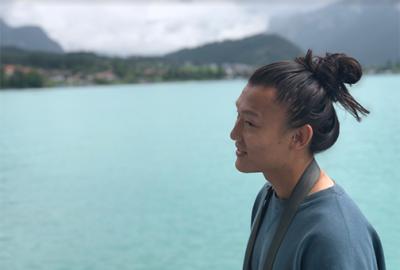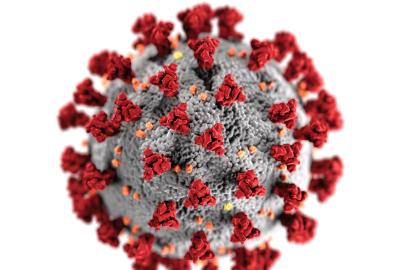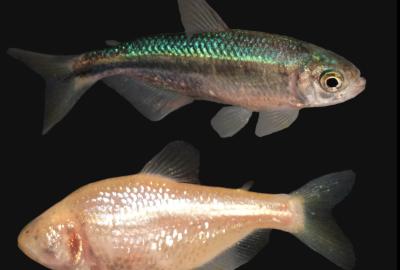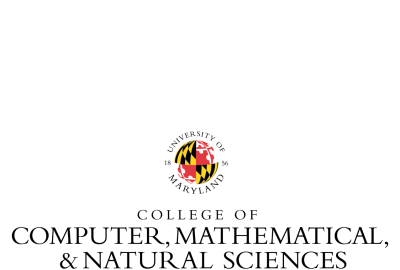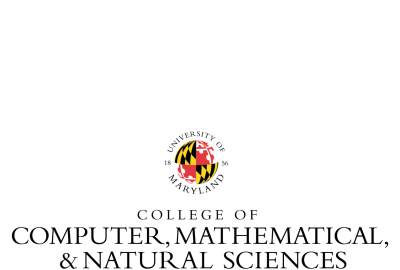Bill Fagan, James Farquhar, Dinesh Manocha and Aravind Srinivasan received the university's highest academic honor.
New research shows hummingbirds distinguish colors that combine ultraviolet and visible light.
Zhang will travel to Taiwan to teach English thanks to the prestigious scholarship program.
The evaluation committee had the following comments on Gammerdinger's (advisor: Thomas Kocher) top-ranked article: "A very impressive analysis of next-generation genome sequencing to describe sex chromosome systems (XY and ZW) in Lake Tanganyika cichlids. The work reveals surprisingly rapid sex chromosome evolution, AND a novel color polymorphism locus. Based on an EECG award."
A major goal of the project is to accelerate the analyses of SARS-CoV-2 genomic data needed by scientists and public health officials battling the virus.
University of Maryland-led study identified the first gene responsible for eye loss in cavefish, revealing connection to a human vascular disease.
The college will confer degrees to over 1,000 students this May.
The undergraduate and graduate student will give speeches during the college’s pre-recorded commencement celebration.
Awardees included Assistant Professor Quentin Gaudry, Professor Bill Fagan and Associate Research Scientist
Katrina MacLeod.
Faculty members, staff members and students received this year's annual awards.



